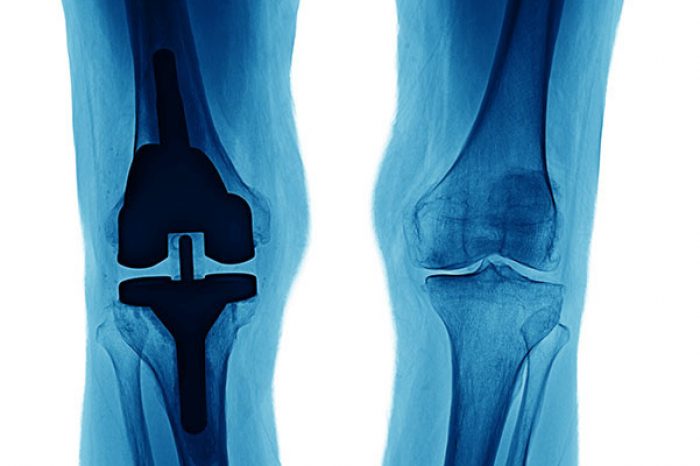

A recent publication by Dr. Gerard Malanga from New Jersey Regenerative Institute recently published a pilot study looking at micro-fragmented adipose tissue as a potential treatment for patients with knee pain secondary to osteoarthritis and meniscal tears.
In this study, there were 20 patients. At 1-year after the procedure there was a significant improvement in pain and function in patients treated with micro-fragmented adipose tissue using the Lipogems system. There were no serious adverse events in this study. One patient had local swelling at the harvest site and was treated with antibiotics, and other complications were minor and mostly limited to the adipose harvest.
The authors concluded that “micro-fragmented adipose tissue injected directly into a torn meniscus and knee joint using ultrasound guidance represents a safe and potentially efficacious treatment option for patients with knee pain suffering from degenerative arthritis and degenerative meniscal tears” (Malanga et al 2021).
Meniscus tears are a common injury in the knee. Degenerative meniscus tears are commonly associated with osteoarthritis in patients over the age of 40. Typically, management initially starts with conservative treatments, including physical therapy, pain medications and injections. Surgery is often recommended if conservative treatment fails.
However, surgery for degenerative meniscus tears remains controversial and the management has shifted to preservation and repair of the meniscus. An expert panel made a strong recommendation against arthroscopic surgery for degenerative knee disease based on a review of current studies. They found that among patients with degenerative medial meniscus tears that results of knee arthroscopy was no better than exercise therapy (Siemienjuk et al. 2017).
There remains a lack of nonsurgical treatments for patients who have failed conservative management.
Orthobiologic treatments include platelet rich plasma (PRP) injections and mesenchymal stromal cell (MSC) based therapies. MSCs can be harvested form bone marrow concentrate or adipose tissue. MSCs act as trophic mediators and secrete a variety of growth factors and cytokines that stimulate tissue intrinsic reparative or stem cells to heal tissue (Caplan & Dennis, 2006).
Micro-fragmented adipose tissue, or MFAT, is one method of harvesting mesenchymal stromal cells or stem cells (MSCs). This process uses the patient’s own fat cells (autologous use), and the cells are processed without the use of enzymes or additives to concentrate the adipose-derived mesenchymal stem cells. The adipose graft can serve as a tissue filler in defects such as a torn meniscus and cartilage lesion, and the mesenchymal stem cells within the graft are thought to enhance the natural healing potential of the adipose graft. (Striano et al. 2017).
In Malanga et al.’s article the MFAT graft was processed using the Lipogems processing kit.
The procedure starts with the patient lying on their belly on the procedure table. The region where the fat will be harvested is identified. This is generally the fat in the abdomen around the belly button or the “love handle” area. The fat is then injected with numbing medication using sterile technique (tumescent combining lidocaine and epinephrine and sterile saline).
After then area is numb the fat is harvested. Once the fat is removed it is processed using the Lipogems kit to remove blood/oil and fragment the fat. The fat is then concentrated into an adipose tissue graft, before being injected into the meniscus tear and knee joint using ultrasound guidance.
One important aspect of this procedure is the use of direct ultrasound visualization of the meniscal tears and lipofilling of these meniscal defects rather than just performing and intra-articular injection.
After the procedure patients are placed in an unloader brace and will use crutches for one week. After the first week, patients can return to normal daily activity. Patients will continue to avoid bending the knee past 90 degrees. At 4-weeks post-procedure patients can return to running and jumping activities, and can return to full activity at 6 to 8-weeks.
Lipogems or micro-fragmented adipose tissue (MFAT) is one method of harvesting mesenchymal stromal cells or stem cells (MSCs). Learn more about how Lipogems is performed here.
Meniscal tears are common and the trend is to offer treatments that preserve the meniscus. Learn more about alternatives to surgery.
Learn more about FDA guidelines that regulate orthobiologics and consumer protections. Ensure your stem cell procedure is safe and complies with existing FDA guidelines
To learn more about alternatives to surgery for degenerative meniscus tear contact us for a consultation:
(781) 591-7855
info@BSBortho.com
20 Walnut St.
Suite 14
Wellesley MA
Adductor longus selective tenotomy is a modern surgical treatment for chronic groin pain that offers faster recovery and better outcomes than traditional full release surgery. The adductor longus, an inner thigh
Read MoreDiscover how ultrasound helps diagnose plantar fat pad atrophy, a leading cause of ball-of-foot pain. Learn about symptoms, thickness cutoffs, and why early detection matters for relief.
Read More